TROPICAL PLANTS, EVERYTHING YOU NEED TO KNOW
A refreshing and lush garden?
A tropical garden in warm climate areas. A paradise like no other!!!
We give your the keys to get it!!!!
Tropical plants: Everything you need to know
Colorful, large and eye-catching: tropical plants are ideal for those who seek to give an exotic touch to its garden. These species have become increasingly popular in areas of warm weather and Mediterranean climate as they are decorative and easy care plants.
In this article you will find everything you need to know about tropical plants.
What are tropical plants?
Tropical plants are a wide variety of species, coming from the Tropics of Capricorn and Cancer. They are famous for their large leaves and colorful flowers.
Most of the forests are found in South and Central America, as well as in Africa and Asia, being the Amazon the most emblematic one. In these forests you will find one of the most complex and rich ecosystems in the world, which means that we have a great variety of tropical plants to decorate our home.
Depending on the species, we can find indoor or outdoor plants, so that they adapt perfectly to the conditions of our home. Their presence will add a very exotic touch.
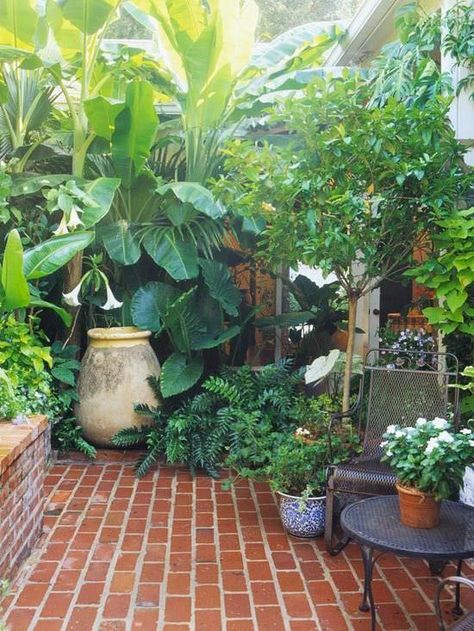
Characteristics of tropical plants
Tropical plants are very well-known because of their size and exuberance. Their leafy stems and huge leaves will turn our garden into a small jungle.
But what we like the most about tropical species are clearly their eye-catching flowers. Intense red, blue, orange and yellow colour which give them a great decorative value.
Growing a tropical plant is not too complicated. However, we must always remember its origin: warm areas, very humid and with constant rainfall. This means that, if we do not take the proper cautions, our plants might die once cold arrives.
First of all, the room temperature should not be under five degrees. Tropical plants cannot stand frost. In areas with Mediterranean climates, this will not be a problem, but if we live in a place with cold winters, we should better keep them inside.
Regular watering is completely necessity for these species. Do it once or twice a week, keeping the substrate humid but without flooding. The leaves should be kept moist
They need a large amount of sunlight, with direct sun or semishade depending on the species.
What tropical plants do I choose?
Before filling our garden with these colorful plant, this should be clear in our minds: Not a single tropical species can resist cold. Most of them suffer serious damage, and even die, when the temperature drops below five degrees.
However, there are certain species that we can keep out during the winter if we acclimatize them little by little.
Tropical garden plants
These are some of the several tropical garden plants:
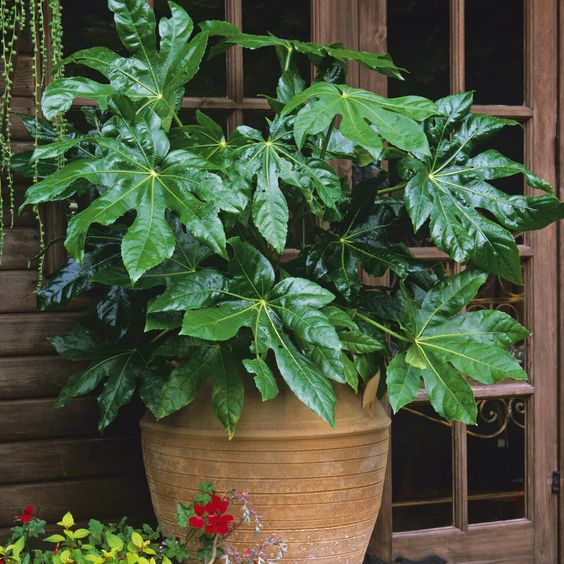
Aralia japonica
This species from the tropical areas of Asia is often seen as an indoor plant, although it is really a shrub that will resist well in the garden. Cultivated outdoors it can grow between two and four meters, with a very fast growth speed.
The Aralia is accustomed to shady areas, so too much sunlight will cause damages in its leaves. It grows better if the substrate is always kept moist.
It is able to resist up to 0ºC during short periods. However, if we want to make sure it survives, we can protect the roots with a mulch during the winter.
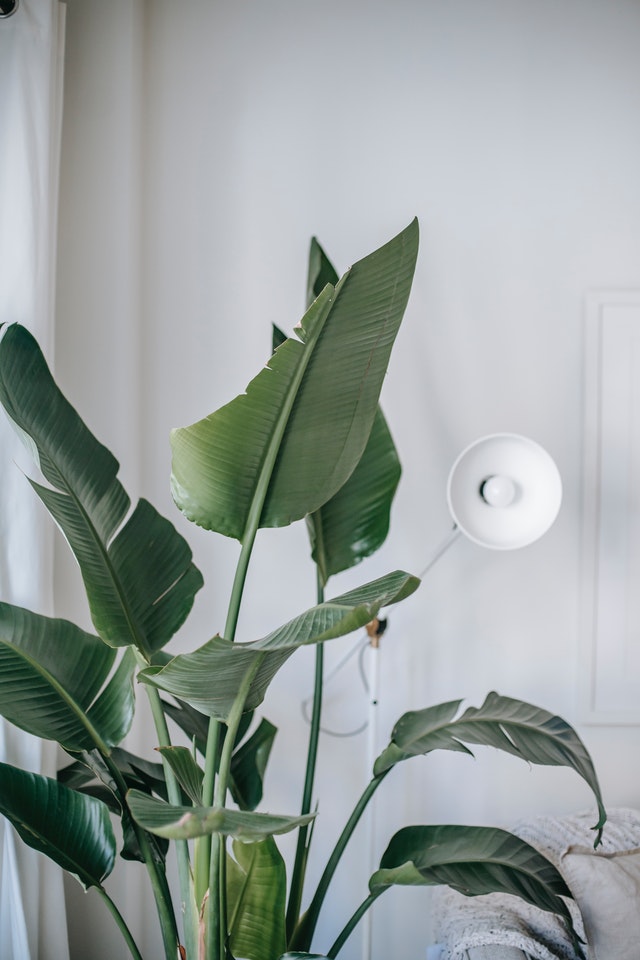
Strelitzia augusta
This species stands out for its eye-catching flowers. Each flowering stem has between five and eight orange flowers with sepals of an intense blue colour. This plant needs direct sun to grow.
It can reach up to one meter hight. In subtropical and Mediterranean gardens, where the average temperature does not drop below 10 degrees, it will bloom throughout the year. However, it can resist up to 5ºC without withering.
Outdoors, this plant is commonly used for decorative purpose.
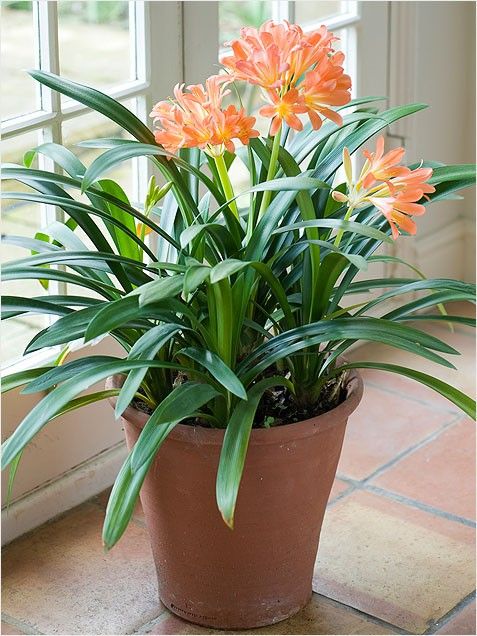
Clivia miniata
The Clivia miniata is often seen in pots as an indoor plant. However, given its ability to withstand temperatures below 0 ° C, it can also be used in gardens with mild climates.
The intense colour of its flowers makes it ideal for planting in groups and beds, offering a flowering with tropical looking from the beginning of the spring to the middle of the summer.
The Clivia is a very resistant plant, suitable for novice gardeners. It loses its flowers with negative temperatures, but it will recover them in spring as long as it do not suffer strong frosts. Of course, do not put it in direct sunlight.
Raphis excelsa
The Raphis excelsa is a small palm tree, suitable for indoor and gardens of limited size. It comes from Asia and is commonly known as ‘Bamboo plant’, it can reach up to three meters hight, with leaves of up to 30 centimeters.
Since it supports up to -2ºC of temperature, it can be kept in the garden. We just need to put it in semi-shade and keep the watering regular, without flooding. The soil must have good drainage so that the roots do not rot.
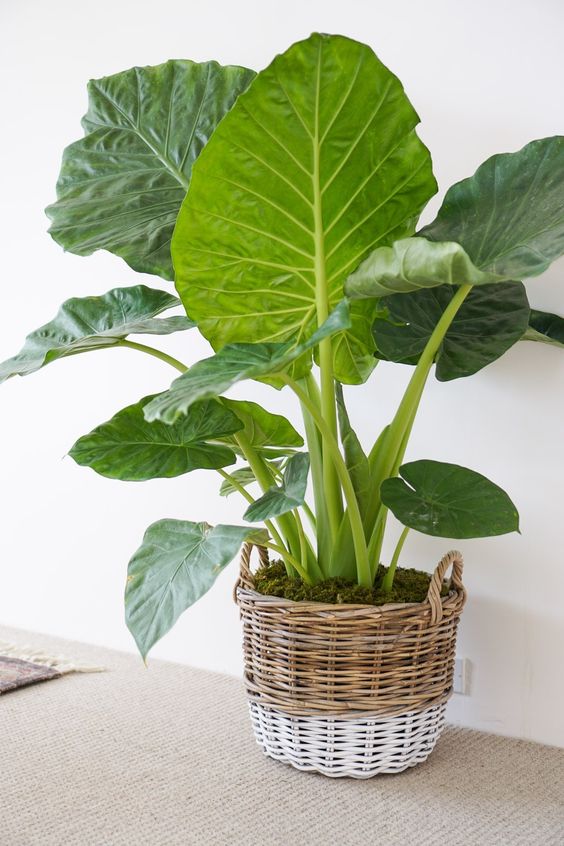
Alocasia
Within the Alocasias, we have certain species that are suitable for living outdoors.
This family is known for its huge leaves. It comes from South Asia, where it lives in humid and warm environments. Irrigation, as usual, will be frequent, and in high temperatures we can protect the leaves by spraying them with water. In the garden, it should be planted in shade or semi-shade.
The Alocasia loses its leaves in the winter, with the arrival of low temperatures, but it will come out again in the spring.
Schefflera actynophylla
Native to Taiwan, this plant has little resistance to cold, so in climates with cold winters we should keep it indoors. Its ideal temperature is between 15 and 25 degrees, keeping the substrate moist.
Although its flowering is not too showy, it presents fruits of intense yellow and red colour that do have a decorative value.
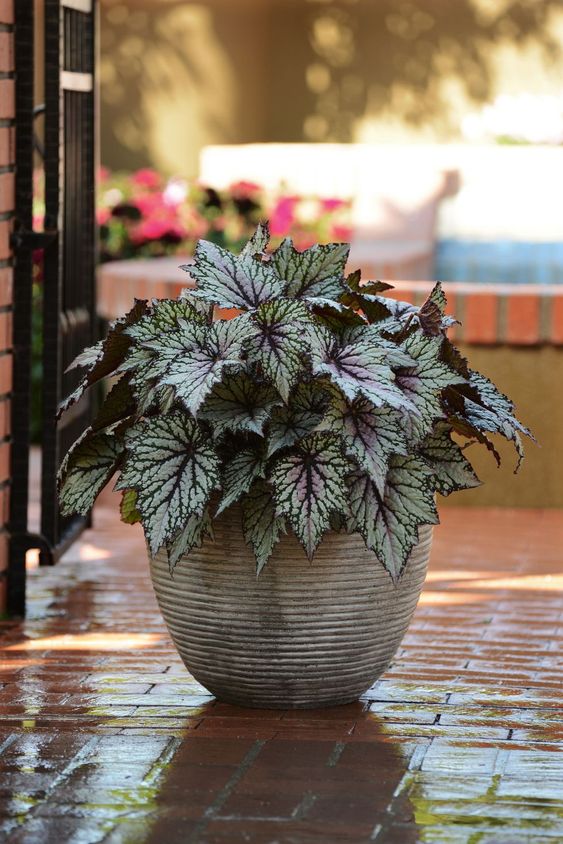
Begonia
Begonia is a very common species indoors, where it must be placed in areas with a large amount of indirect light. Its resistance to cold is very poor, so we must be sure that temperatures will not drop below 10 degrees.
Watering must be constant in order to prevent the soil from drying out. However, given its weakness with fungi, it is advisable to avoid moisture in the petals.
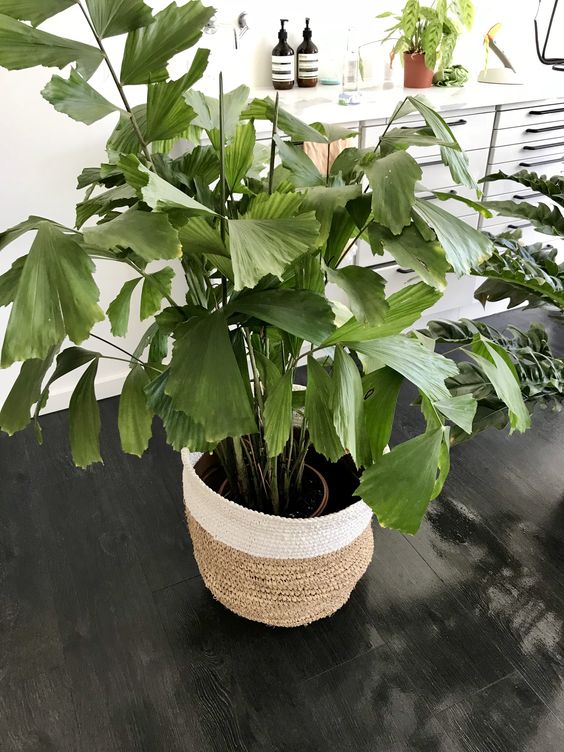
Caryota mitis
Called "Fishtail palm" by the singular shape of its leaves, this plant is often used indoors when grown in areas with cold winters. In pot usually reaches two meters high, while outside can reach more than ten. It does not withstand frost or strong winds.
It is unusual to see it bloom indoors. However, the curious shape of its leaves has an very decorative value
Asplenium nidus
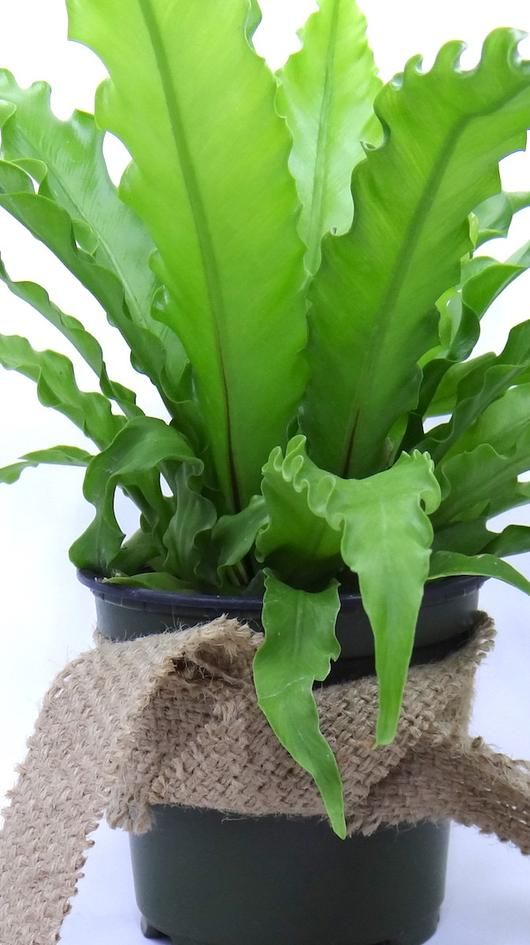
This fern, known as 'bird's nest', is a common indoor plant. It is easy to maintain, so it is ideal for gardeners with low experience.
The bird's nest needs spaces with lots of light. We will avoid the direct sun, which could burn the plant. As in its natural habitat, the leaves must be kept constantly moist, for which we can help us from a sprayer.
Temperatures below 10 degrees can cause the fern to wilt.
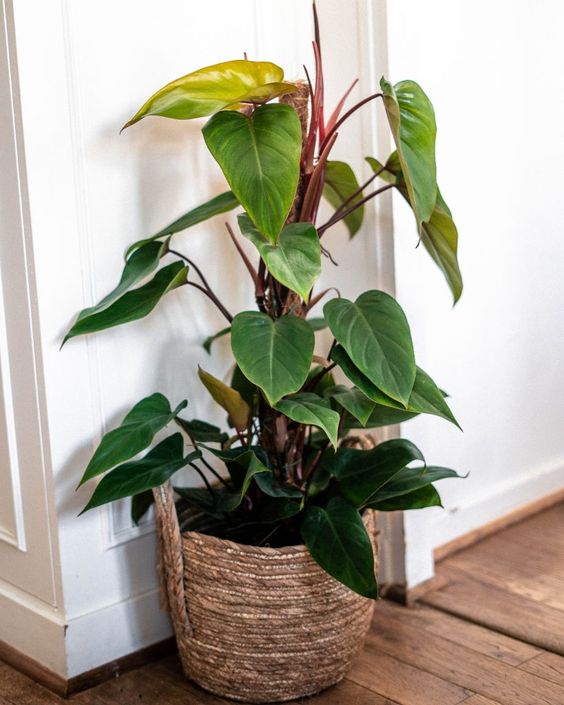
Philodendron
This Amazonian species is greatly appreciated as an indoor plant for its rusticity. Its large leaves will give an exotic touch to any corner of the house.
Philodendron does not need much light. Just keep it in a semi-shaded area of the house.
It is especially sensitive to cold. A temperature below 10 or 12ºC can be harmful.
If you have doubts about which plants will be better with your garden, in Viveros González we will be happy to give you some advices.
And from Pinterest our favourites images to create beautiful tropical gardens!!!
Enjoy them!!!!
In Same Category
- Anti-stress plants: soothe your mind and body naturally
- NATURAL CHRISTMAS TREE: DISCOVER ALL ITS BENEFITS
- Why does my dog eats plants: the most common causes + tips to avoid it
- [Names of garden tools] List of the 9 essentials to take care of your garden
- FIVE QUESTIONS ABOUT THE ELIMINATION OF PINE PROCESSIONARY WITH ENDOTHERAPY

 English
English Spanish
Spanish
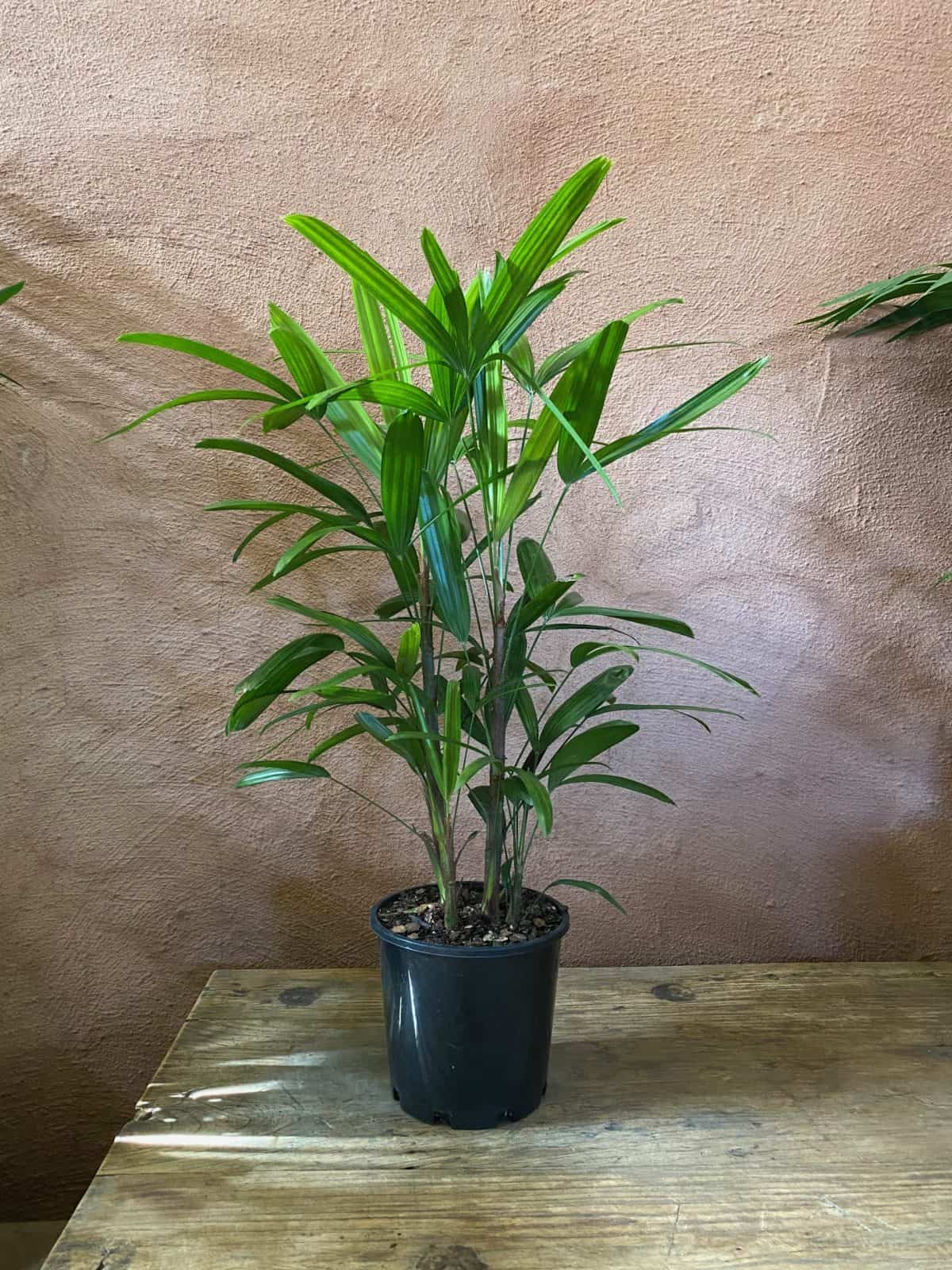
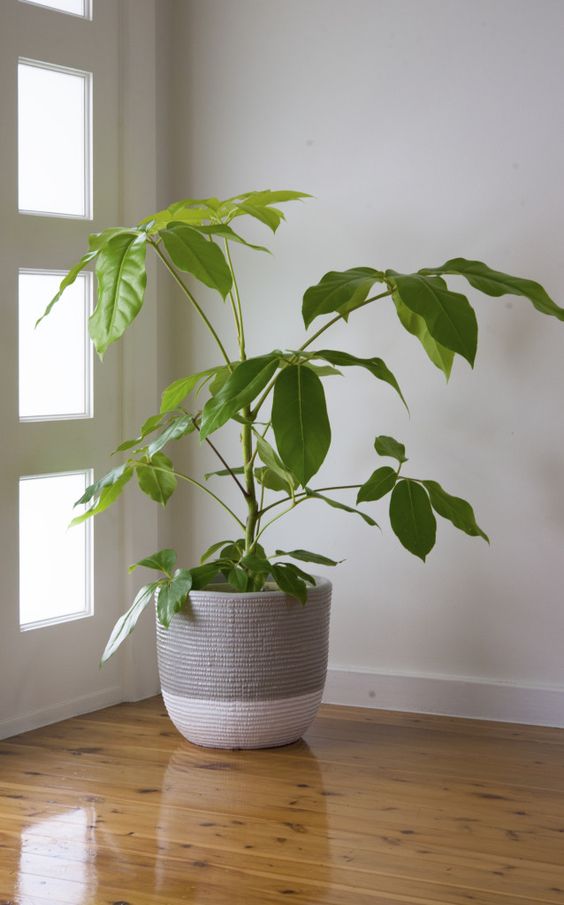
Comments
Leave your comment